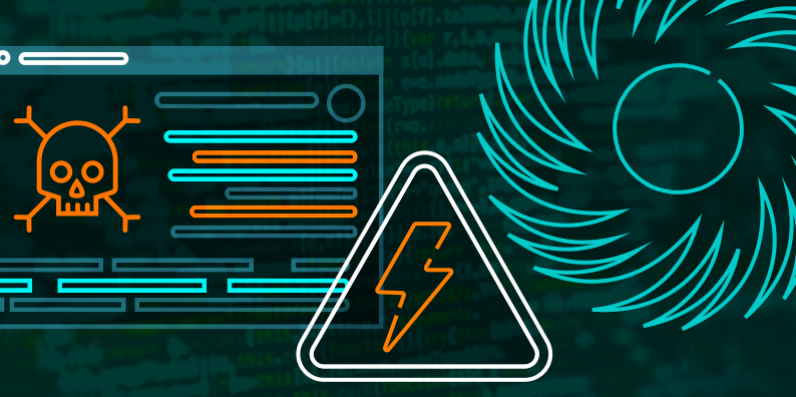
What is disaster recovery? Disaster recovery is the act of being prepared in the event of a natural disaster, a power outage, a hacking event or any number of other disruptions that can impact an organization’s operation, reputation, and bottom line.
In essence, disaster recovery is an element of security and continuity planning that prioritizes business IT and infrastructure’s ability to prepare for and recover from negative events faster, more easily and with less loss of mission-critical data or uptime.
Some things in life might have a level of unpredictability, but when considering today’s digital business landscape, this innate uncertainty becomes a threat that has the potential to do serious damage to any business.
This is why the idea of disaster recovery has become a constant refrain across the sphere of business. Many infrastructure and IT partners offer solutions that deliver varying degrees of protection, but understanding the purpose and the function of disaster recovery in the business environment is key to optimizing the approach that suits your unique needs.
We’ve gone into detail previously about how to figure out how much you should be spending on disaster recovery, so here we’ll outline a more or less universal checklist of steps you should be taking to ensure the system you create is comprehensive, effective and customized for your needs.
1. Evaluation is a Critical First Step
This means determining short and long-term security goals, delineating the deployment scope and understanding the available resources that can be allocated to disaster recovery. This initial audit also includes having a discussion about how much downtime or data loss the business can handle and in what applications or processes. In an ideal world, every possible angle could be covered, but realistically, only a certain level of protection can be achieved cost-effectively.
This also means getting a thorough understanding not just of where you’re going, but where you currently stand. Internal teams should create an inventory of existing software and hardware and ensure their technical support information and contacts are easily located. Critical assets—the business functions and pieces of equipment that are foundational for operations and therefore should be prioritized in a downtime event—should also be determined.
If you are interested in learning more about Disaster Recovery for your organization or enterprise, please click here.
2. Define and Assign Second
During a security or downtime event, things need to move fast—surveys of more than 1,000 global organizations observe that in 2019, 86-percent of respondents reported a single hour of downtime costing them $301,000 dollars or more. 15-percent said one hour of downtime cost them more than $5 million. This means individual roles, responsibilities, and duties must be clearly communicated, understood, and executed efficiently—from executives all the way down. Keep in mind that action plans may differ depending on the type of incident. For example, physical safety will be an additional factor here if the enterprise is facing a natural disaster as opposed to a hacking disruption. Setting up backup personnel plans is also key in case standard teams are not in place on a given day.
Another key consideration that falls into this category is whether or not a disaster recovery partner will be brought on to offload some of this burden. Data center operators like Data Foundry offer comprehensive disaster recovery solutions that help reduce the amount of time and resources that must be taken away from core competencies in order to plan and manage these strategies. This offers a great option for businesses that want protection without the hassle.
If you’d like to read a more detailed evaluation of some of the service options out in the market — and learn how Data Foundry’s services stack up — feel free to read our previous disaster recovery blog here.
3. Always Be Testing
Disaster recovery is not a set-and-forget process, and a disaster recovery plan that doesn’t work properly when you need it is almost as bad as no plan at all. Nowadays, aspects of business are changing all the time due to a range of reasons. Digital transformations can mean equipment has been replaced or updated and may require a new method of protection, supply chains can evolve or present their own gaps in preparedness, a slower internet on one day can impact disaster response performance and communications. So, simulating these events regularly in order to understand the disaster recovery strategy’s efficacy is vital not only for granting insight into any existing gaps, but for ensuring the plan is continuing to perform and protect like it should.
In the face of so many uncertainties, it can be hard to protect against everything. However, a disaster recovery plan can safeguard enterprises and their mission-critical systems and data from much of what threatens business in this digital world. Navigating the many considerations that come with the creation and deployment of these strategies can be difficult — but nobody has to do it alone. There is an abundance of information out there today that can give fantastic insights into how to optimize disaster recovery, and expert partners are always ready to serve as a reliable, trusted ally.
If you are interested in learning more about Disaster Recovery for your organization or enterprise, please click here.
